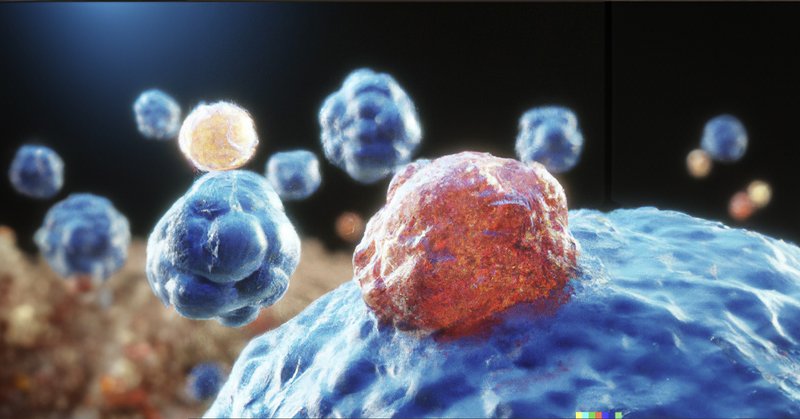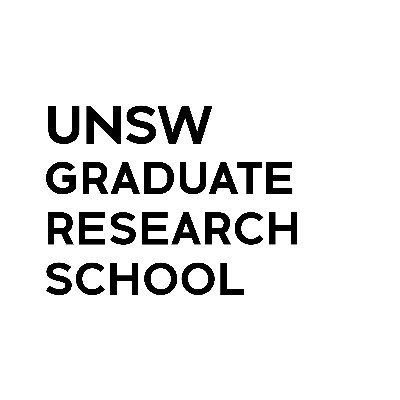
Hudson Coates
@hudsonwilco
Followers
225
Following
315
Media
17
Statuses
54
Research Associate in @JamesNathanLab @MedCambridge and Postdoctoral Research Associate at @CaiusCollege
Cambridge, England
Joined December 2018
Really enjoyed presenting some of my postdoctoral work at last week’s @grk2243 Understanding Ubiquitylation conference in Würzburg. A fantastic event in a stunning location, with an incredibly friendly research community!
0
0
5
RT @ASBMB: In a recent study published in @jbiolchem, researchers (@BrownLabUNSW & @hudsonwilco) found that the active form of one key #cho….
asbmb.org
Researchers find that the active form of a key cholesterol synthesis enzyme is upregulated in endometrial cancer tissues.
0
3
0
It was great fun to present my PhD work and a little of my current postdoctoral project at #HypoxEU in Dresden - thanks to the organisers for an interesting and very supportive meeting (in a beautiful location too)!
2
0
9
Thanks also to @rob8yang and @franceslbyrne for their valuable contributions to the study (🧵4/4).
0
0
1
Thrilled to have the final pieces of my PhD work with @BrownLabUNSW published in @jbiolchem - huge thanks go to @TinaBNguy for the effort to get it across the line after my departure for the UK, and also to @ximingDu for the beautiful microscopy! (🧵1/4)
2
3
19
I’m incredibly excited to be selected for the new Postdoctoral Research Associate role at Gonville and Caius College @Cambridge_Uni - it’s surreal to be in the place where Howard Florey and Francis Crick once studied!@CaiusCollege #postdoc #AcademicTwitter #academicchatter
3
0
31
Very grateful to receive a Dean’s Award for my PhD work - and a huge thanks to @BrownLabUNSW for fostering the environment in which it could happen!.
A big congratulations to the 72 PhD graduates who were awarded the @UNSW Dean's Award for Outstanding #PhD Theses! @Jonatha16752881
1
1
23
This week I started my first postdoc in the @JamesNathanLab at the University of Cambridge! It’s a long way from Australia… but I’m excited to dig into the intersections of metabolite sensing and proteasomal degradation! #sciencetwitter #academictwitter #postdoc #academicchatter
2
0
46
Well, my PhD journey at @BrownLabUNSW has officially come to an end and I couldn’t have asked for a more supportive team and supervisor. It‘s sad to leave after 6+ years but I’m very keen for what the future will bring! #AcademicChatter #phdchat #research @UNSWBABS
1
1
32
This work is the culmination of my PhD research and I couldn't be more proud! A huge thanks to my coauthors for their contributions: @isabelle_CapHat, Ellen Olzomer, @ximingDu, @drrhondafarrell, @rob8yang, @franceslbyrne, and my supervisor Andrew Brown (@BrownLabUNSW). (10/10).
2
1
8














